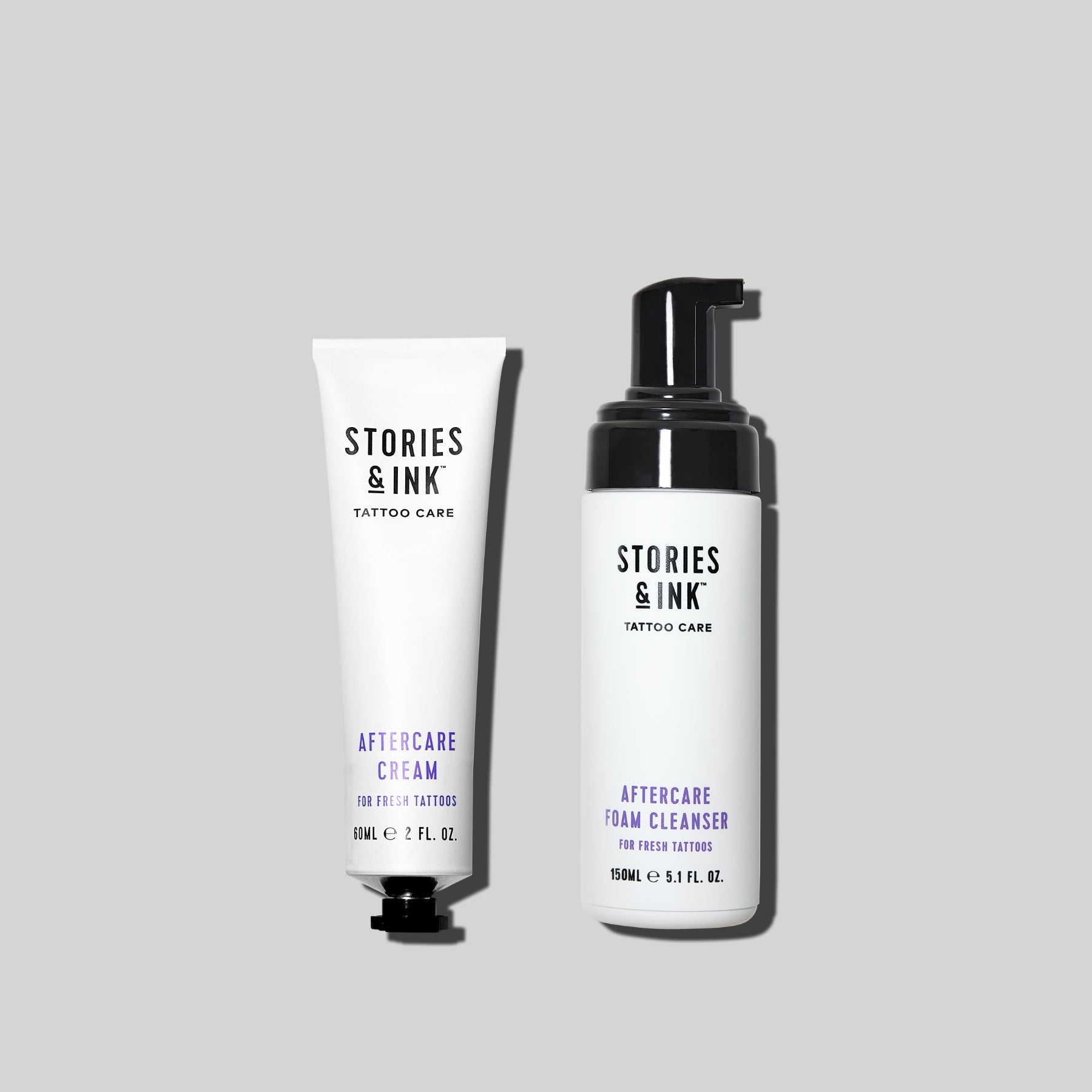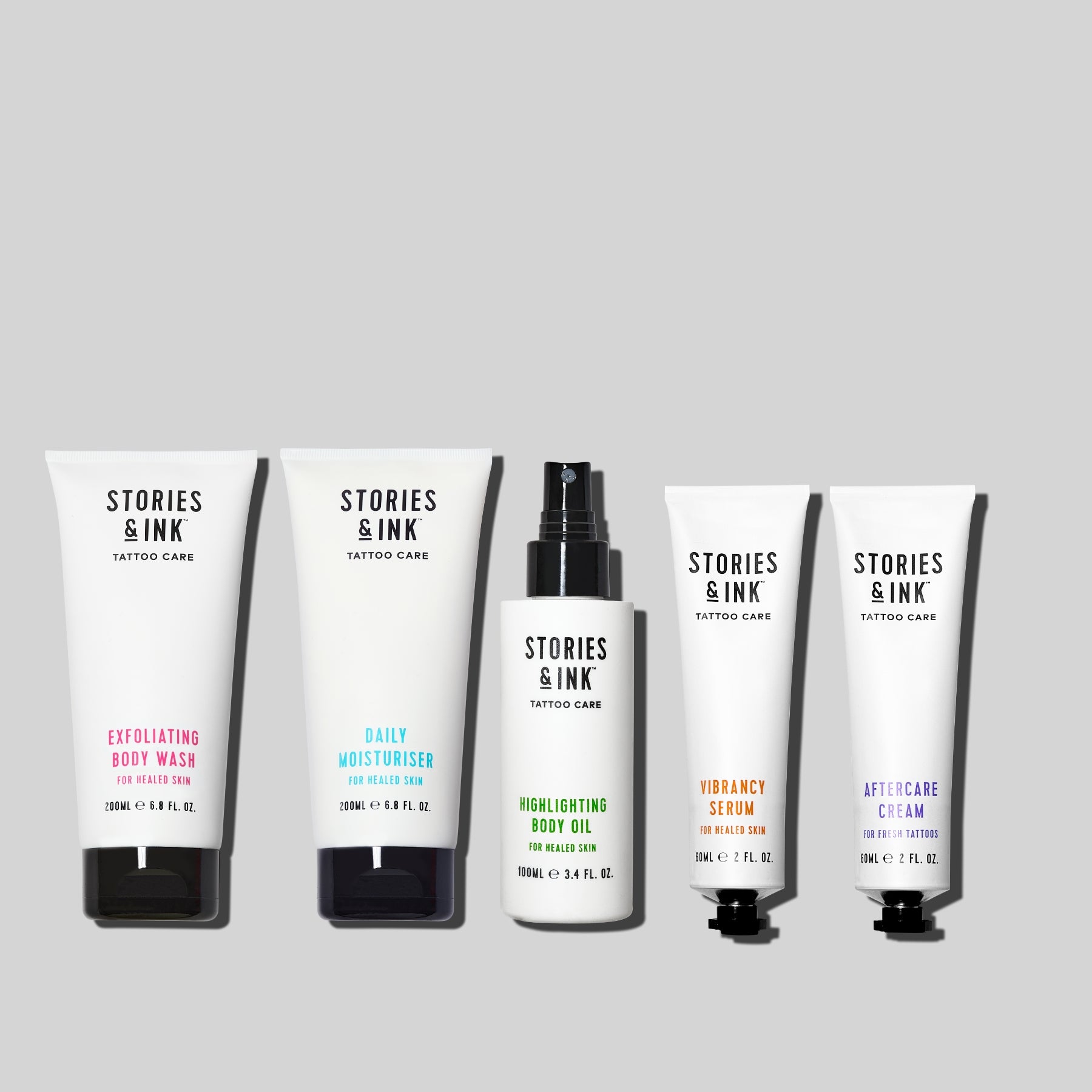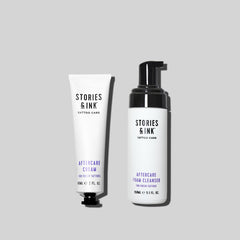Tattoos continue to gain popularity, and many people choose them to show their personal style. However, tattoo art has been around for several, hundreds or even thousands of years and the history of tattooing is fascinating, with a lot of elements you would never guess. We’ll share some gross, interesting and weird facts about tattoos that you may have never heard of.
The oldest recorded tattoo ink recipe contained insect eggs.
The tattoo ink made by the ancient Roman doctor Aetius was discovered to contain pine bark, tarnished brass, vinegar, vitriol, leek juice, and insect eggs! Luckily for the squeamish, most early inks contained a mixture of soot, charcoal and natural ingredients (bugs excluded).

You can tattoo your eyeballs.
You read it right: you can get your eyeballs tattooed. How?
The tattoo artist uses a needle to inject ink beneath the surface of the eye. This can make the whites of someone's eyes appear a different color. However, it is really dangerous and the current known risks include: perforation of the eye which can lead to blindness.

People collect tattoo skins.
One of the most notorious and powerful criminal organisations in the world is the Yakuza. The most distinctive mark of a member of the Japanese mafia is a full tattoo body suit, which they keep covered in public. However, numerous Yakuza body suits have been made public following their demise. In actuality, pathologist Dr. Masaichi Fukushi amassed more than 100 human pelts, which are now on display at the Medical Pathology Museum at Tokyo University. The Mütter Museum in Philadelphia also retains tattooed human skin among its sizeable collection of anatomical oddities and macabre exhibitions, so the Yakuza are not the only people in the world to wear complete body suits.

Metallic ink causes MRI burns.
Metallic objects are not allowed inside an MRI machine. The device uses powerful magnets. For this reason, a patient must remove all jewellery, glasses and even wire-lined underwear. Those who are able to remove their metals are the lucky ones. People with tattoos, on the other hand, face a rare but serious risk. Some dyes contain metals. As a result, some people with body art have suffered from irritated skin and swelling.

To mix tattoo colour in certain cultures, urine was occasionally used.
Urine was occasionally mixed with coal dust to create tattoo ink because it was thought to have antiseptic characteristics. Thankfully, the tattoo ink we commonly use consists of pigments combined with a carrier, with additional add ins ranging from Listerine, to Kettle One vodka, to help assist with sterilisation.

Unsanitary tattooing causes diseases.
Unsanitary tattooing practices raise a risk of transmitting diseases such as syphilis, hepatitis B, and HIV. However, there has yet to be a verified case of HIV being transmitted through tattooing.

Your skin is pierced 50 to 3000 times per minute by a tattoo machine.
Most people are unaware that while they are getting a tattoo, more than one needle tip is puncturing their skin. Groups of needle points are used in tattooing needles, which are subsequently forced into the skin by a machine. As a result, there are an astonishingly large number of skin punctures made throughout the tattooing procedure.






